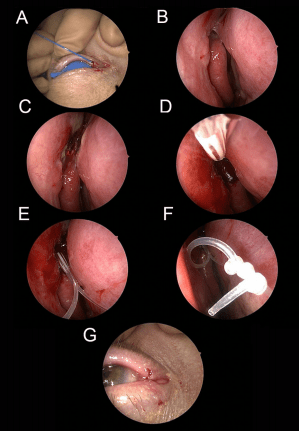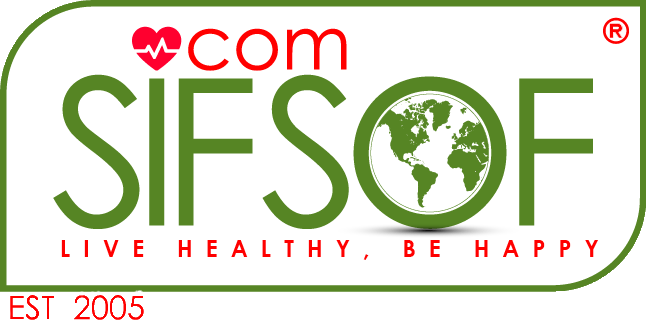Laser Assisted Dacryocystorhinostomy (L-DCR)
Dacryocystorhinostomy (DCR) is a surgery conducted in the ophthalmology department. It is needed in the case of a blocked tear duct, a condition known as nasolacrimal duct obstruction (NDO).
Tears drainage can be blocked when the bone around the tear duct keeps, unnaturally, growing, causing an infection or inflammation of the nasolacrimal sac.
The first recommended treatment for this condition is antibiotics; however, they are not always effective, especially in the case of recurrent or severe infections.
In such cases, the obstructed lacrimal sac has to be opened. External surgery usually results in an undesirable facial scar, in addition to the excessive bleeding during and after the surgery.
Therefore, intranasal surgeries, using Laser-assisted dacryocystorhinostomy (L-DCR), are encouraged. L-DCR expands the narrowed or blocked duct by removing the bone that has caused the duct’s narrowing and facilitated the canal blockage.
SIFLASER surgical devices, particularly the SIFLASER 3.3 and SIFLASER 3.2 have a wide range of wavelengths that varies between 455 nm and 1470 nm and a power range of 0.5W – 60W, depending on the application of the product and adaptable to the needs of the surgeon. Short wavelengths have more superficial penetration, while longer wavelengths have deeper penetration in the tissue.
Diode laser is one of the common laser types used in DCR surgeries. The main advantages of the diode-laser-system-based SIFLASER devices is that they result in no external facial skin scars, surgery is possible with local anesthesia only, less bleeding, a smooth and accurate bone cut in a fast procedure.

References:
Laser-assisted dacryocystorhinostomy
Endoscopic L-DCR
Treatment of acute dacryocystitis
[launchpad_feedback]
Disclaimer: Although the information we provide is used by doctors to perform their procedures and clinical applications, the Information contained in this article is for consideration only. SIFSOF is not responsible neither for the misuse of the device nor for the device’s suitability with each clinical application or procedure mentioned in this article. Doctors, or any medical staff must have the proper training and skills to perform the procedure with each laser device.



